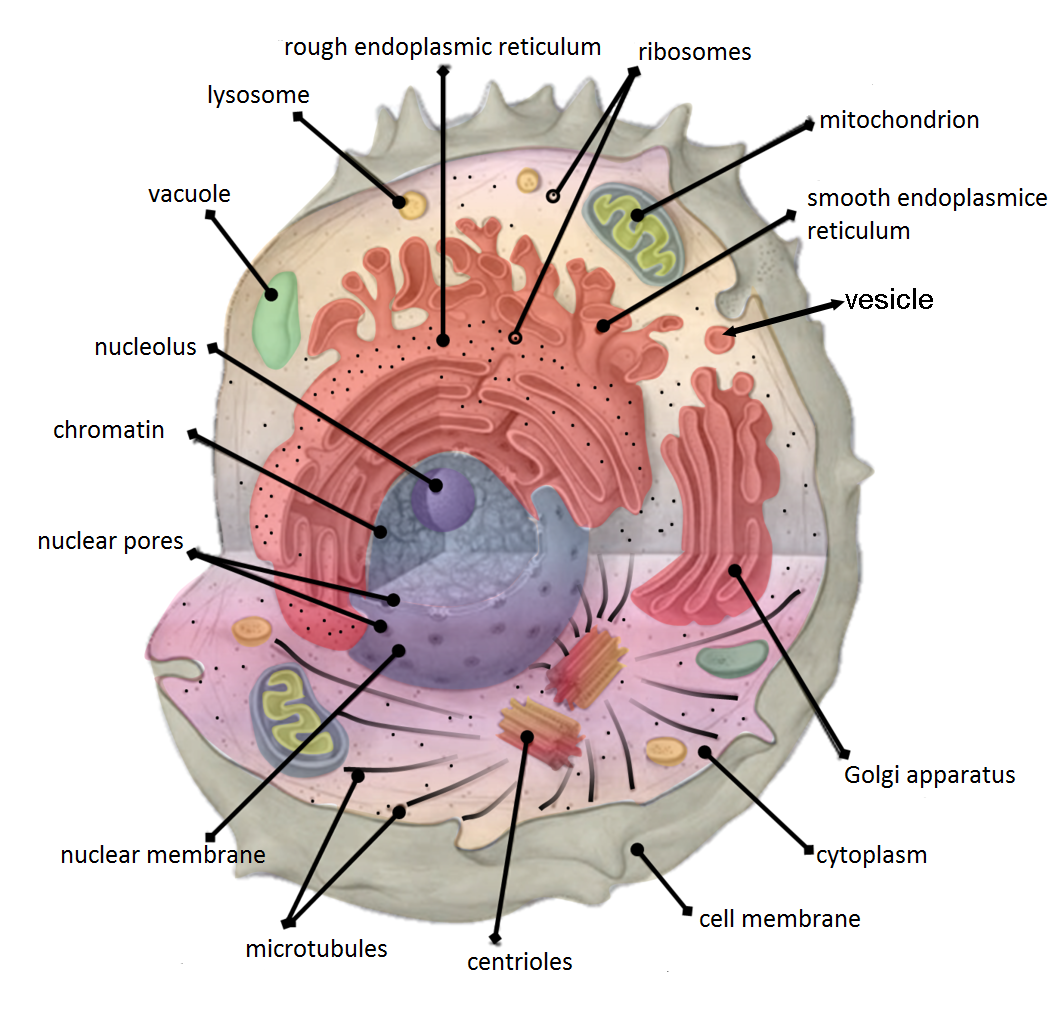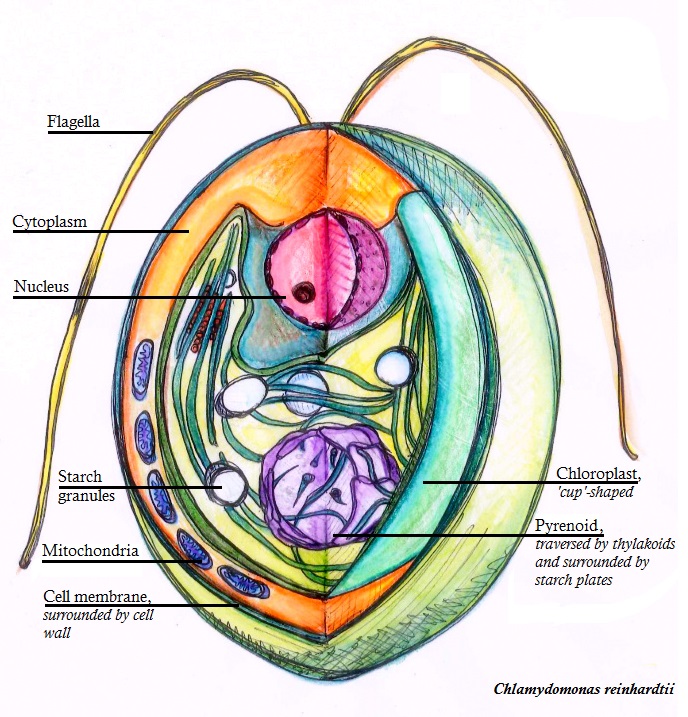|
Desmidiales
Desmidiales, commonly called desmids (''Gr.'' ''desmos'', bond or chain), are an order in the Charophyta, a division of green algae in which the land plants (Embryophyta) emerged. Or in other words, Desmid, (order Desmidiales), order of single-celled (sometimes filamentous or colonial) microscopic green algae. Desmids are sometimes treated as a family (Desmidiaceae) of the order Zygnematales. The desmids belong to the class Zygnematophyceae. Although they are sometimes grouped together as a single family Desmidiaceae, most classifications recognize three to five families, either within the order Zygnematales or as their own order Desmidiales. The Desmidiales comprise around 40 genera and 5,000 to 6,000 species, found mostly but not exclusively in fresh water. Many species may be found in the fissures between patches of sphagnum moss in marshes. With a pH level of approximately 4.0, sphagnum peat provides the ideal environment for this flora. Morphology The structure of these ... [...More Info...] [...Related Items...] OR: [Wikipedia] [Google] [Baidu] |
Zygnematophyceae
Zygnematophyceae (or Conjugatophyceae) is a class of green algae in the paraphylum streptophyte algae, also referred to as Charophyta, consisting of more than 4000 described species. It contains five orders: the Spirogloeales, the Serritaeniales, the Zygnematales, the Spirogyrales, and the Desmidiales. The Zygnematophyceae are the sister clade of the land plants. The body plan of Zygnematophyceae is simple, and appear to have gone through a secondary loss of morphological complexity. The most basal members are unicellular, but filamentous species have evolved at least five times. They contain genes involved in protection from desiccation that appear to have been derived by horizontal gene transfer from bacteria; the genes are found in plants, Zygnematophyceae, bacteria, but no other organisms. The genes may have helped to enable plants to make the transition to life on land. Sexual reproduction in the Zygnematophyceae takes place through a process called ''conjugation''. Here cell ... [...More Info...] [...Related Items...] OR: [Wikipedia] [Google] [Baidu] |
Gonatozygaceae
The Gonatozygaceae are one of four families of Charophyte green algae in the order Desmidiales (desmids). Genera , AlgaeBase accepted two genera: * ''Genicularina'' Molinari & Guiry * ''Gonatozygon'' De Bary ( syn. ''Leptocystinema'') ''Genicularia'' is an illegitimate name ''Nomen illegitimum'' (Latin for illegitimate name) is a technical term, used mainly in botany. It is usually abbreviated as ''nom. illeg.'' Although the International Code of Nomenclature for algae, fungi, and plants uses Latin terms for other ki ... for ''Genicularina''. References External links Scientific references Scientific databases Zygnematophyceae families Desmidiales {{green algae-stub ... [...More Info...] [...Related Items...] OR: [Wikipedia] [Google] [Baidu] |
Closteriaceae
The Closteriaceae are one of four families of Charophyte green algae in the order Desmidiales (desmids).See the NCBI The National Center for Biotechnology Information (NCBI) is part of the United States National Library of Medicine (NLM), a branch of the National Institutes of Health (NIH). It is approved and funded by the government of the United States. The ...br>webpage on Closteriaceae Data extracted from the References External links Scientific references Scientific databases Zygnematophyceae families Desmidiales {{green algae-stub ... [...More Info...] [...Related Items...] OR: [Wikipedia] [Google] [Baidu] |
Desmidiaceae
The Desmidiaceae are one of four families of charophyte green algae in the order Desmidiales (desmids).See the NCBIbr>webpage on Desmidiaceae Data extracted from the Genera Genera accepted by AlgaeBase were: *'' Actinodontum'' – 3 species *'' Actinotaenium'' – 57 species *'' Allorgeia'' – 2 species *'' Amscottia'' – 2 species *'' Bambusina'' – 6 species *'' Bourellyodesmus'' – 8 species *'' Brachytheca'' – 2 species *'' Calocylindrus'' – 3 species *'' Cosmaridium'' – 1 species *'' Cosmarium'' – 1063 species *'' Cosmocladium'' – 8 species *'' Croasdalea'' – 1 species *'' Cruciangulum'' – 1 species *'' Desmidium'' – 21 species *''Docidium ''Docidium'' is a genus of algae belonging to the family Desmidiaceae The Desmidiaceae are one of four families of charophyte green algae in the order Desmidiales (desmids).See the NCBIbr>webpage on Desmidiaceae Data extracted from the ...'' – 37 species *'' Euastridium'' – 3 species ... [...More Info...] [...Related Items...] OR: [Wikipedia] [Google] [Baidu] |
Peniaceae
''Penium'' is a genus of green algae, and the sole member of the family Peniaceae.See the NCBI The National Center for Biotechnology Information (NCBI) is part of the United States National Library of Medicine (NLM), a branch of the National Institutes of Health (NIH). It is approved and funded by the government of the United States. The ...br>webpage on Penium Data extracted from the The genus contains about 39 species. References External links Scientific references Scientific databases * AlgaTerra databaseIndex Nominum Genericorum Desmidiales Charophyta genera {{green algae-stub ... [...More Info...] [...Related Items...] OR: [Wikipedia] [Google] [Baidu] |
Chloroplast
A chloroplast () is a type of membrane-bound organelle known as a plastid that conducts photosynthesis mostly in plant and algal cells. The photosynthetic pigment chlorophyll captures the energy from sunlight, converts it, and stores it in the energy-storage molecules ATP and NADPH while freeing oxygen from water in the cells. The ATP and NADPH is then used to make organic molecules from carbon dioxide in a process known as the Calvin cycle. Chloroplasts carry out a number of other functions, including fatty acid synthesis, amino acid synthesis, and the immune response in plants. The number of chloroplasts per cell varies from one, in unicellular algae, up to 100 in plants like ''Arabidopsis'' and wheat. A chloroplast is characterized by its two membranes and a high concentration of chlorophyll. Other plastid types, such as the leucoplast and the chromoplast, contain little chlorophyll and do not carry out photosynthesis. Chloroplasts are highly dynamic—they circulat ... [...More Info...] [...Related Items...] OR: [Wikipedia] [Google] [Baidu] |
Zygnematales
The Zygnematales ( el, ζυγός (''zygós'') and νῆμα (''nḗma'') ( nom.), νήματος (''nḗmatos'') (gen.)), also called the Conjugatales, are an order of green algae, comprising several thousand different species in two families. The larger family Zygnemataceae, with well-known genera such as ''Zygnema'' and ''Spirogyra'', includes members that grow as unbranched filaments, which grow longer through normal cell division. This group includes the desmids. Most members of both families live in freshwater, and form an important component of the algal scum that grows on or near plants, rocks, and various debris. Systematically they fall within the division Charophyta/Streptophyta, in which the land plants (Embryophyta) emerged. Sexual reproduction in Zygnematales takes place through a process called ''conjugation''. Here filaments of opposite gender line up, and tubes form between corresponding cells. The male cells then become amoeboid and crawl across, or sometimes b ... [...More Info...] [...Related Items...] OR: [Wikipedia] [Google] [Baidu] |
Micrasterias Furcata
''Micrasterias furcata'' is a species of unicellular desmid which inhabits freshwater Fresh water or freshwater is any naturally occurring liquid or frozen water containing low concentrations of dissolved salts and other total dissolved solids. Although the term specifically excludes seawater and brackish water, it does include ... areas. ''M. furcata'' is round, flattened and lobed in body plan. Description ''M. furcata'' generally has a sphere-like body shape, with five lobes on each side, all 10 of the lobes divide into two other much smaller lobes which makes one side of ''M. furcata'' have 15 lobes (while also including those which divide into smaller lobes). References Desmidiaceae {{Algae-stub ... [...More Info...] [...Related Items...] OR: [Wikipedia] [Google] [Baidu] |
Symmetry In Biology
Symmetry in biology refers to the symmetry observed in organisms, including plants, animals, fungi, and bacteria. External symmetry can be easily seen by just looking at an organism. For example, take the face of a human being which has a plane of symmetry down its centre, or a pine cone with a clear symmetrical spiral pattern. Internal features can also show symmetry, for example the tubes in the human body (responsible for transporting gases, nutrients, and waste products) which are cylindrical and have several planes of symmetry. Biological symmetry can be thought of as a balanced distribution of duplicate body parts or shapes within the body of an organism. Importantly, unlike in mathematics, symmetry in biology is always approximate. For example, plant leaves – while considered symmetrical – rarely match up exactly when folded in half. Symmetry is one class of patterns in nature whereby there is near-repetition of the pattern element, either by reflection or rotation ... [...More Info...] [...Related Items...] OR: [Wikipedia] [Google] [Baidu] |
Cellular Compartment
Cellular compartments in cell biology comprise all of the closed parts within the cytosol of a eukaryotic cell, usually surrounded by a single or double lipid layer membrane. These compartments are often, but not always, defined as membrane-bound organelles. The formation of cellular compartments is called compartmentalization. Both organelles, the mitochondria and chloroplasts (in photosynthetic organisms), are compartments that are believed to be of endosymbiotic origin. Other compartments such as peroxisomes, lysosomes, the endoplasmic reticulum, the cell nucleus or the Golgi apparatus are not of endosymbiotic origin. Smaller elements like vesicles, and sometimes even microtubules can also be counted as compartments. It was thought that compartmentalization is not found in prokaryotic cells., but the discovery of carboxysomes and many other metabolosomes revealed that prokaryotic cells are capable of making compartmentalized structures, albeit these are in most cases not s ... [...More Info...] [...Related Items...] OR: [Wikipedia] [Google] [Baidu] |
Photosynthesis
Photosynthesis is a process used by plants and other organisms to convert light energy into chemical energy that, through cellular respiration, can later be released to fuel the organism's activities. Some of this chemical energy is stored in carbohydrate molecules, such as sugars and starches, which are synthesized from carbon dioxide and water – hence the name ''photosynthesis'', from the Greek ''phōs'' (), "light", and ''synthesis'' (), "putting together". Most plants, algae, and cyanobacteria perform photosynthesis; such organisms are called photoautotrophs. Photosynthesis is largely responsible for producing and maintaining the oxygen content of the Earth's atmosphere, and supplies most of the energy necessary for life on Earth. Although photosynthesis is performed differently by different species, the process always begins when energy from light is absorbed by proteins called reaction centers that contain green chlorophyll (and other colored) pigments/chromoph ... [...More Info...] [...Related Items...] OR: [Wikipedia] [Google] [Baidu] |
Pyrenoid
Pyrenoids are sub-cellular micro-compartments found in chloroplasts of many algae,Giordano, M., Beardall, J., & Raven, J. A. (2005). CO2 concentrating mechanisms in algae: mechanisms, environmental modulation, and evolution. Annu. Rev. Plant Biol., 56, 99-131. and in a single group of land plants, the hornworts.Villarreal, J. C., & Renner, S. S. (2012) Hornwort pyrenoids, carbon-concentrating structures, evolved and were lost at least five times during the last 100 million years. ''Proceedings of the National Academy of Sciences'',109(46), 1873-1887. Pyrenoids are associated with the operation of a carbon-concentrating mechanism (CCM). Their main function is to act as centres of carbon dioxide (CO2) fixation, by generating and maintaining a CO2 rich environment around the photosynthetic enzyme ribulose-1,5-bisphosphate carboxylase/oxygenase (RuBisCO). Pyrenoids therefore seem to have a role analogous to that of carboxysomes in cyanobacteria. Algae are restricted to aqueous env ... [...More Info...] [...Related Items...] OR: [Wikipedia] [Google] [Baidu] |



